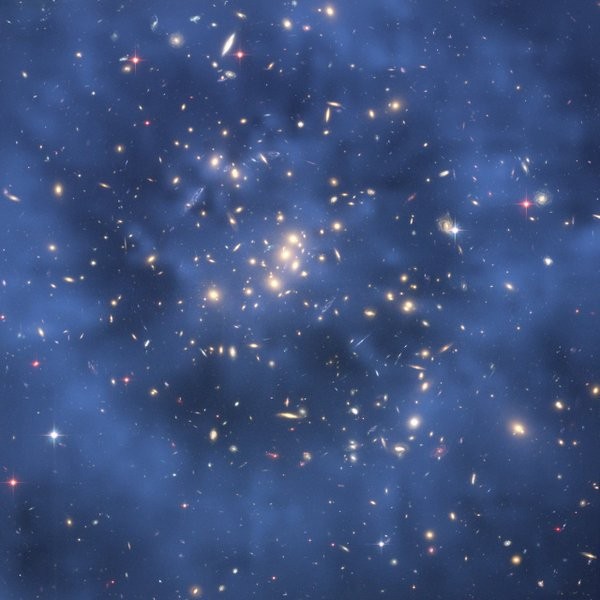Scientists might be able to just find the answers about the mystery of dark matter several years from now because a more advanced detector is on the works after researchers' latest efforts have failed.
Their latest failed effort was just this Thursday, July 21, where researchers spent two years underground in Lead, South Dakota. Despite having state of the art equipment, using the Large Underground Xenon (LUX) experiment, which costs $10 million to implement, they have failed to observe the invisible substance.
Just like all scientific discoveries that materialised in the past centuries, scientists should be able to find the answer eventually. They are already beginning to use a mine site in South Dakota for a more advanced equipment than the LUX, called the LZ experiment, which is a vast improvement by being 70 times more sensitive.
The experiment is likely to begin in 2020, and is said to be a combination of two dark matter detection experiments, with one of them being the LUX experiment, according to the website of the LZ Dark Matter Experiment. LUX is the most recent instrument used in detecting dark matter.
The equipment and instrument used for the LUX experiment exceeded the original project goals fourfold, having the best sensitivity since when it was first run in 2013, according to a statement by Rick Gaitskell, a physicist at Brown University, in a report by Sanford Underground Research Facility. The way LUX works is that it is suspended in a huge tank of purified water, where a titanium tank holds a huge amount of frigid liquid xenon.
The xenon is said to supposedly light up when dark matter particles collide with its atom. The research was a failure because no substance with the correct properties were able to light up the xenon.
On the plus side, their efforts are not completely wasted because this lack of output gives researchers more information about the currently undetected substance: dark matter does not have mass or a direct effect on matter, which points to some new characteristics to be considered for future experiments.
Dark matter remains to be one of the universe's grandest mysteries: it is virtually omnipresent, but even our greatest scientists still have a lot to explore about it. The observable universe consists of 27 percent dark matter, which is four-fifths greater than matter itself.



























